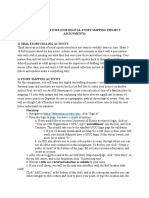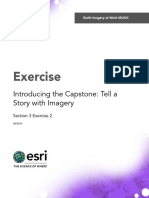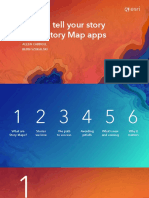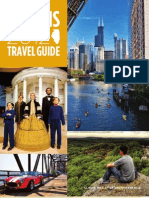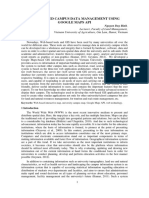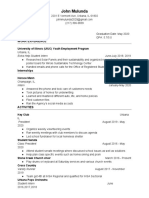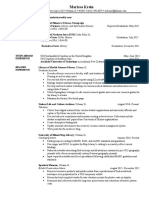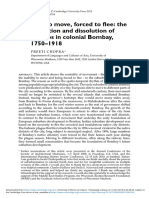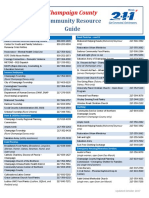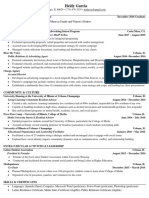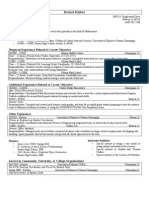0% found this document useful (0 votes)
146 views10 pagesProject Journal 3: Story Mapping Assignment
The document provides instructions for creating an ArcGIS Story Map to map 7 significant locations in the Urbana-Champaign metropolitan region. Students are guided through logging into Story Maps, adding a title, map, text, and images to selected points of interest before publishing their map.
Uploaded by
Sutapa BanerjeeCopyright
© © All Rights Reserved
We take content rights seriously. If you suspect this is your content, claim it here.
Available Formats
Download as PDF, TXT or read online on Scribd
0% found this document useful (0 votes)
146 views10 pagesProject Journal 3: Story Mapping Assignment
The document provides instructions for creating an ArcGIS Story Map to map 7 significant locations in the Urbana-Champaign metropolitan region. Students are guided through logging into Story Maps, adding a title, map, text, and images to selected points of interest before publishing their map.
Uploaded by
Sutapa BanerjeeCopyright
© © All Rights Reserved
We take content rights seriously. If you suspect this is your content, claim it here.
Available Formats
Download as PDF, TXT or read online on Scribd
/ 10


